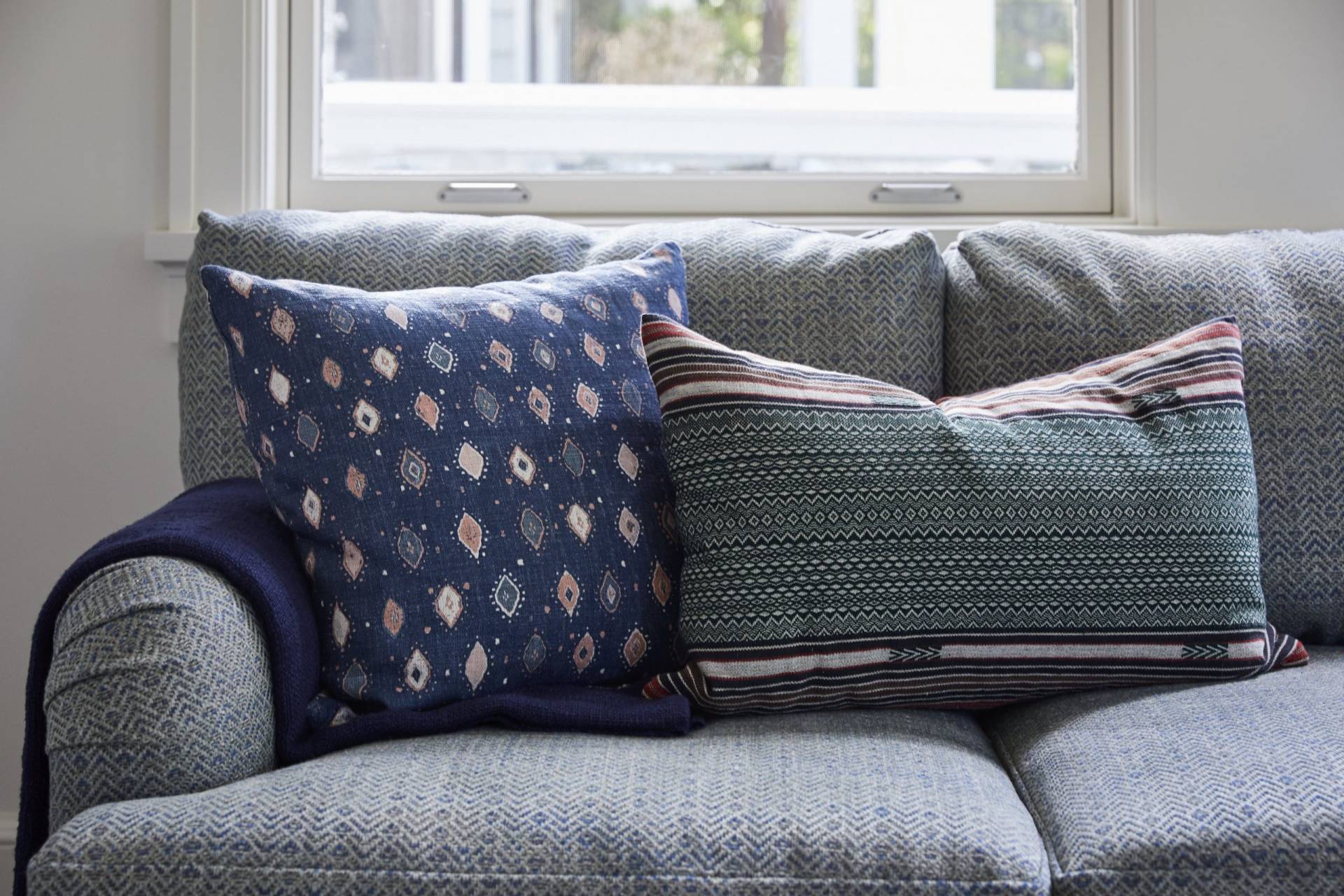
Accents to Make Any New or Reupholstery Pop
You might reupholster your furniture for a number of reasons. Maybe you changed your décor and want everything to match or maybe the existing upholstery is worn or stained. Or maybe you just need a change. Whatever the case, upholstery can make or break the mood and style of a room. That is why it is so important to pay attention to the little details, like how the fabric is finished along the edge of the frame.
These accents can really make your new or reupholstery pop.
Types of Upholstery Accents
Upholstery may be stitched, buttoned, or tucked to create decorative accents. They can occur in any number of patterns and types. However, the accents that are probably best known are the ones that finish the edge of the fabric.
When upholstered furniture that has a wood frame, the fabric used to cover the piece it usually stapled to the edge of the wood that is exposed. How the edge of that fabric is handled can make a chair shabby chic or ultra-sophisticated.
This trim or finish hides the edge of the fabric while protecting it from fraying. At the same time, it gives a professional, clean look to the furniture. There are several popular types.
Gimp
Gimp is a decorative ribbon or braid that is usually woven, or it can be a tape with the decorative ribbon attached. It can have many different patterns such as striped or geometric, but the most popular styles are scrolled and wavy. It can be a single color or a rainbow of colors to enhance the decorative accent.
Giimp is usually used in areas of the furniture where the wood frame is weaker, or the fabric lip is shallow because it provides a wider, more secure finish.
Gimp with Nails
When a piece of furniture is used often the gimp can begin to separate from the fabric. This can happen even if it is stitched in place. The areas most vulnerable are the arms, seat edges, and low backs. Reinforcing the gimp with upholstery nails can solve this problem beautifully.
These nails have a wider head that offers more support to the gimp, holding it in place. There are many different styles, finishes, and sizes to turn these functional accents into breathtaking decorative accents. Even the spacing is used to enhance the piece.
Welting
Welting, also called cording, is made by sewing a fabric strip around a braided cord. Double welt is the most common finishing treatment, but single cord welt is often found in places on the furniture where there is a groove cue in the frame.
The welting is glued, tacked, or stapled over the raw edge of the fabric to give it a clean finish. The thickness of the welting depends on both the weight of the fabric and thickness of the cord. The accents are achieved by using different thicknesses, different fabric types, and different colors.
Head to Head Rivets
While upholstery rivets are typically used to support gimp, they can also be used on their own. This is most often done on leather and the head to head rivet pattern is very popular. The rivets are arranged so that their heads are touching with little to no space between. This provides a secure, sturdy finish that can stand up to a great deal of use.
The professionals at Valley Drapery & Upholstery will work with you to find the best new and reupholstery accent solutions for your home and decor. Contact us today to talk to one of our friendly, knowledgeable representatives and discover the beauty and style of these simple little touches.